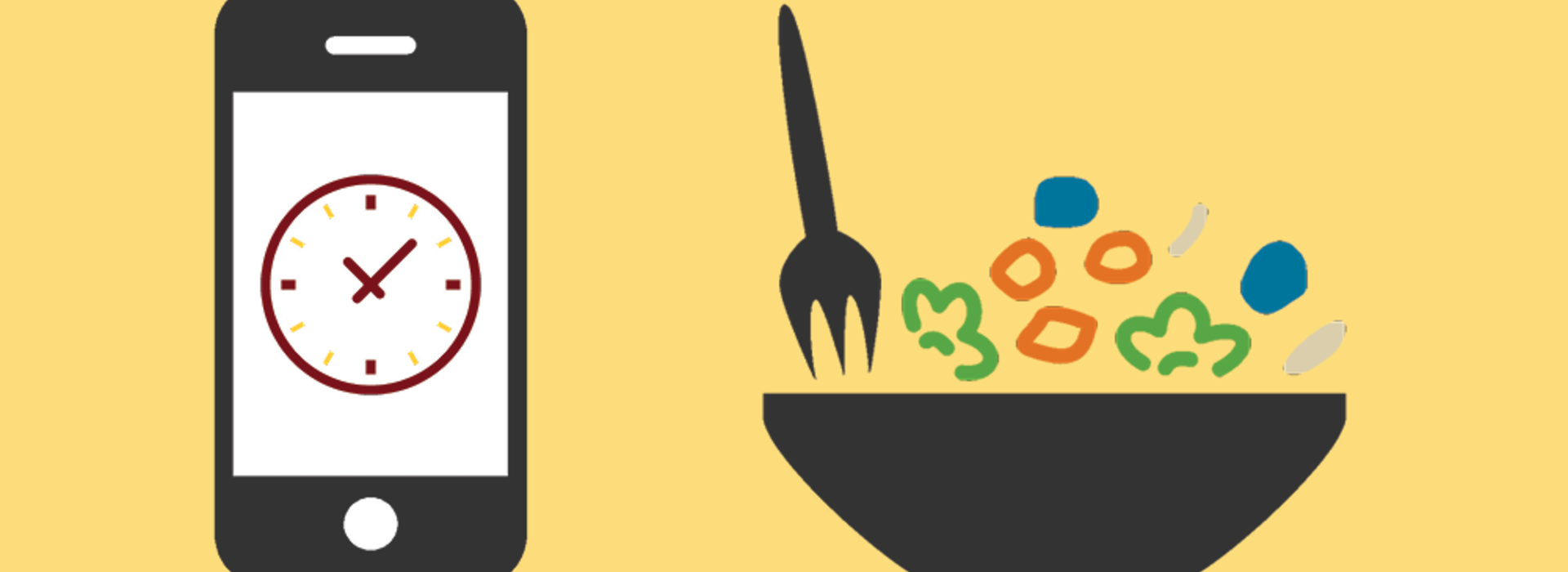
Time-Restricted Eating Shows Multiple Benefits for Study Participants
Researchers from the University of Minnesota Medical School have been analyzing time-restricted eating (TRE) and food intake patterns to address the increasingly prevalent problem of obesity. Their latest study, published in the journal Nutrients, examined the effects of TRE on dietary patterns, in addition to the potential impact of food tracking using mobile food records.
Participants were asked to log their food intake for 12 weeks in a smartphone application. Half of the participants utilized TRE while another half simply maintained their typical diet and added dietary tracking to their daily routine. The “myCircadianClock” Smartphone Application (mCC) allowed users to take photos of their meals and enter a text description for each photo. Researchers looked at the data each week to ensure that participants were adhering to the study’s parameters.
The study was a secondary analysis primarily focused on TRE and body composition, blood sugars and weight loss in non-diabetes obese patients. The study’s lead investigators were Department of Medicine faculty, Tasma Harindhanavudhi, MD, and Samar Malaeb, MD, both assistant professors, along with Lisa S. Chow, MD, associate professor and a senior investigator in the Division of Diabetes, Endocrinology and Metabolism. All three researchers saw that TRE had a positive impact.
“We saw that dietary patterns were changed over time and that people began having higher quality meals. For the people that made it through the study, TRE made a difference,” Dr. Harindhanavudhi said.
When analyzing food intake and nutrition, there are countless variables and parameters that can be altered. Food classification, TRE timeframe (eight hours versus 10 or 12 hours), caloric tracking, duration of the study and adding or omitting certain health conditions are all factors that researchers must consider when establishing a study.
“There are a lot of things to consider when making a study like this one. People usually eat for 14 or more hours per day, and we see that even reducing that down to eight can reduce calories and snacking. TRE slowed down the number of eating occasions, and people were eating more meals instead of having small breaks for food,” Dr. Harindhanavudhi said.
The study found that TRE (with no specific food intake during the eating window) reduced the number of eating occasions and specifically resulted in the consumption of fewer snacks and caffeinated beverages. The study also demonstrated the impact of food tracking. It altered dietary patterns in non-TRE participants, showing that tracking of food intake might have reduced eating occasions, although this did not translate into weight loss.
Future longitudinal studies will be required to expand upon these findings, including ones that address racial and ethnic disparities. Typically, people connote the word “diet” with losing weight, but everyone’s daily food intake constitutes their diet. Different cultures and backgrounds can bring unique diets with them. In the future, researchers hope to study a less homogeneous group — the majority of this study’s participants were caucasian — to find data that is more representative of the overall population.
“We have not accounted for racial or ethnic differences yet, which would change someone’s diet, too. People from different parts of the world eat different foods, and people often come to the U.S. and gain weight. I’d like to study different groups in the future and see if things change,” Dr. Harindhanavudhi said.